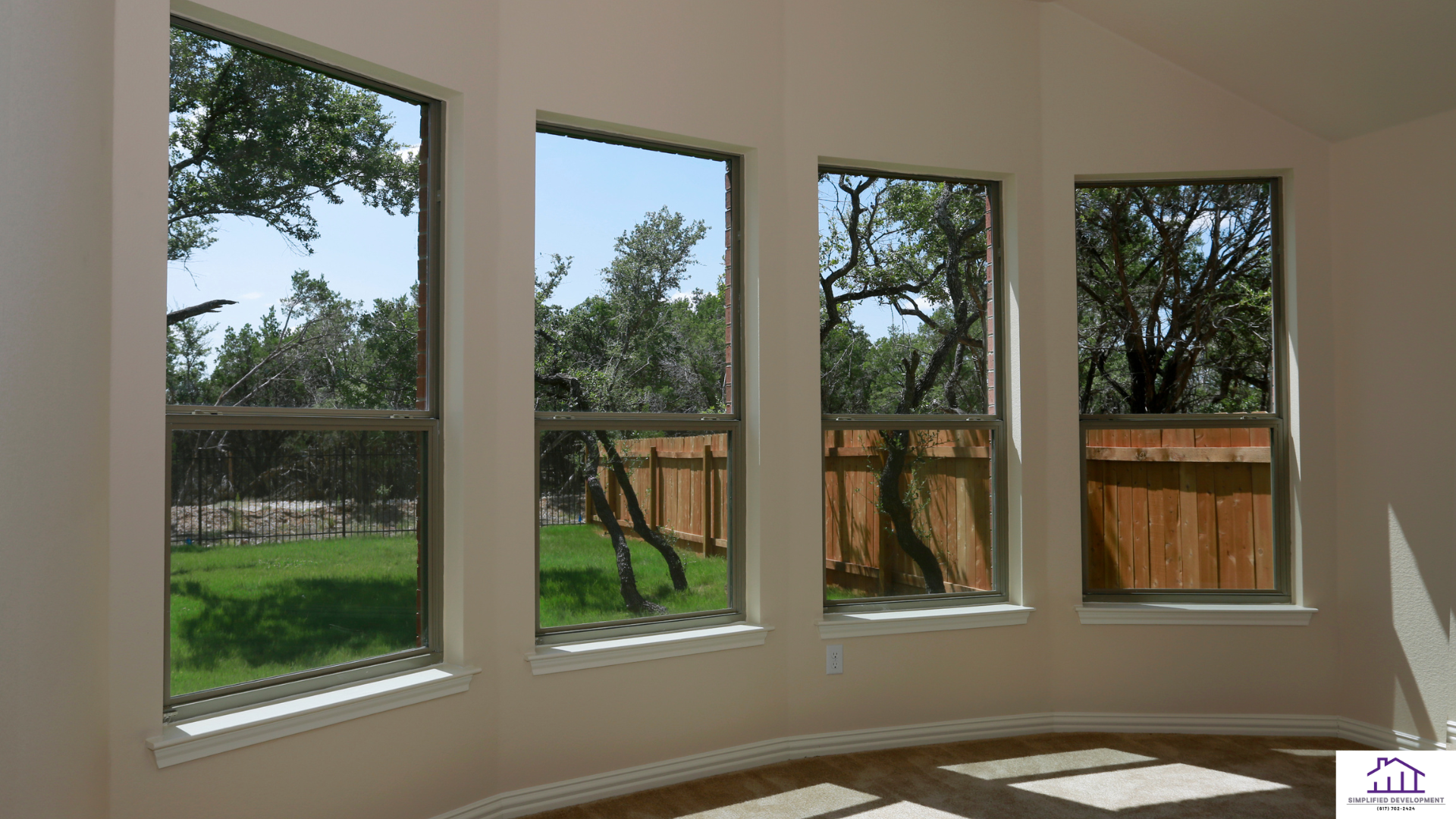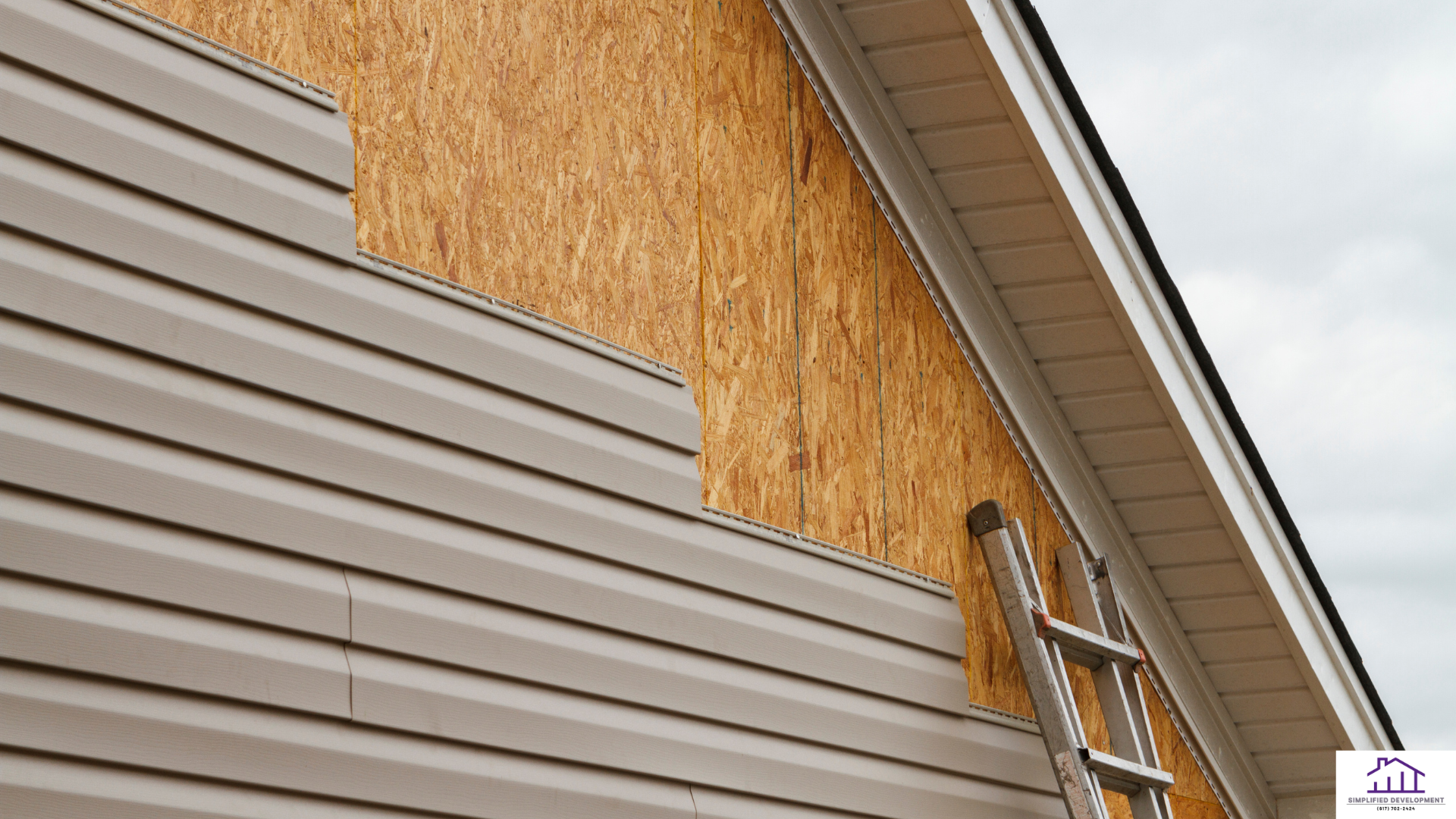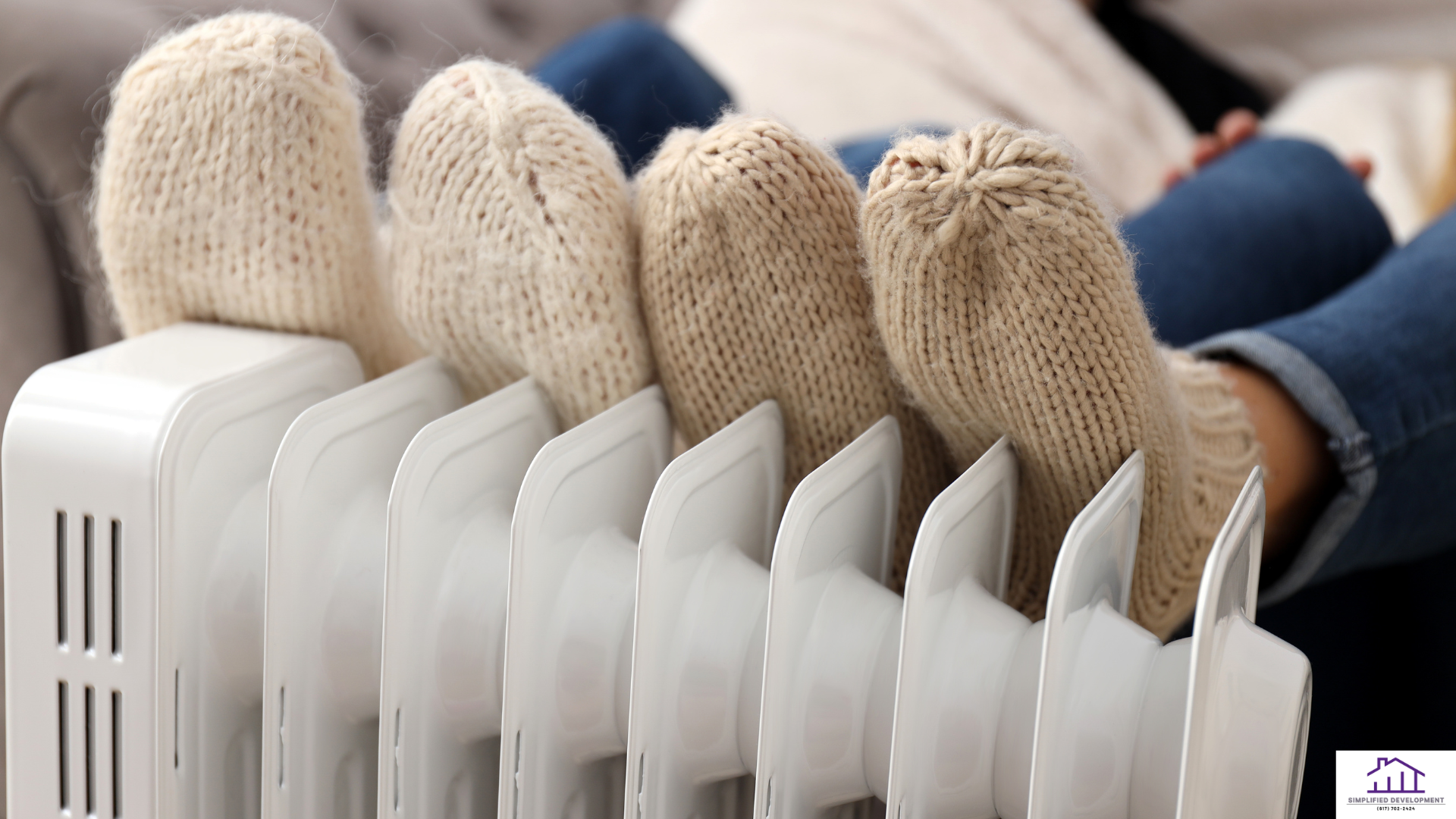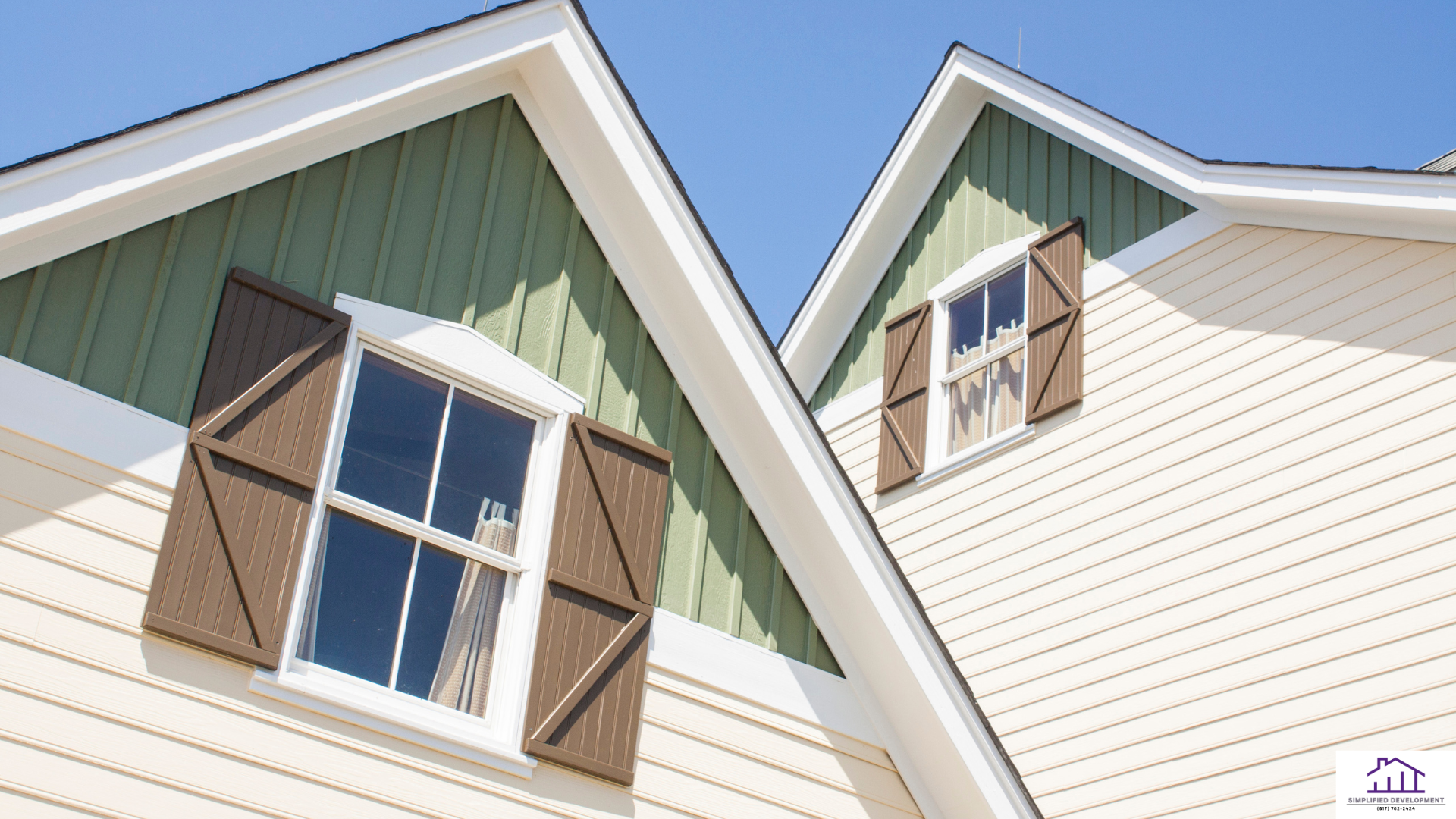Thank you for visiting!
How to Extend the Lifespan of Your Roof
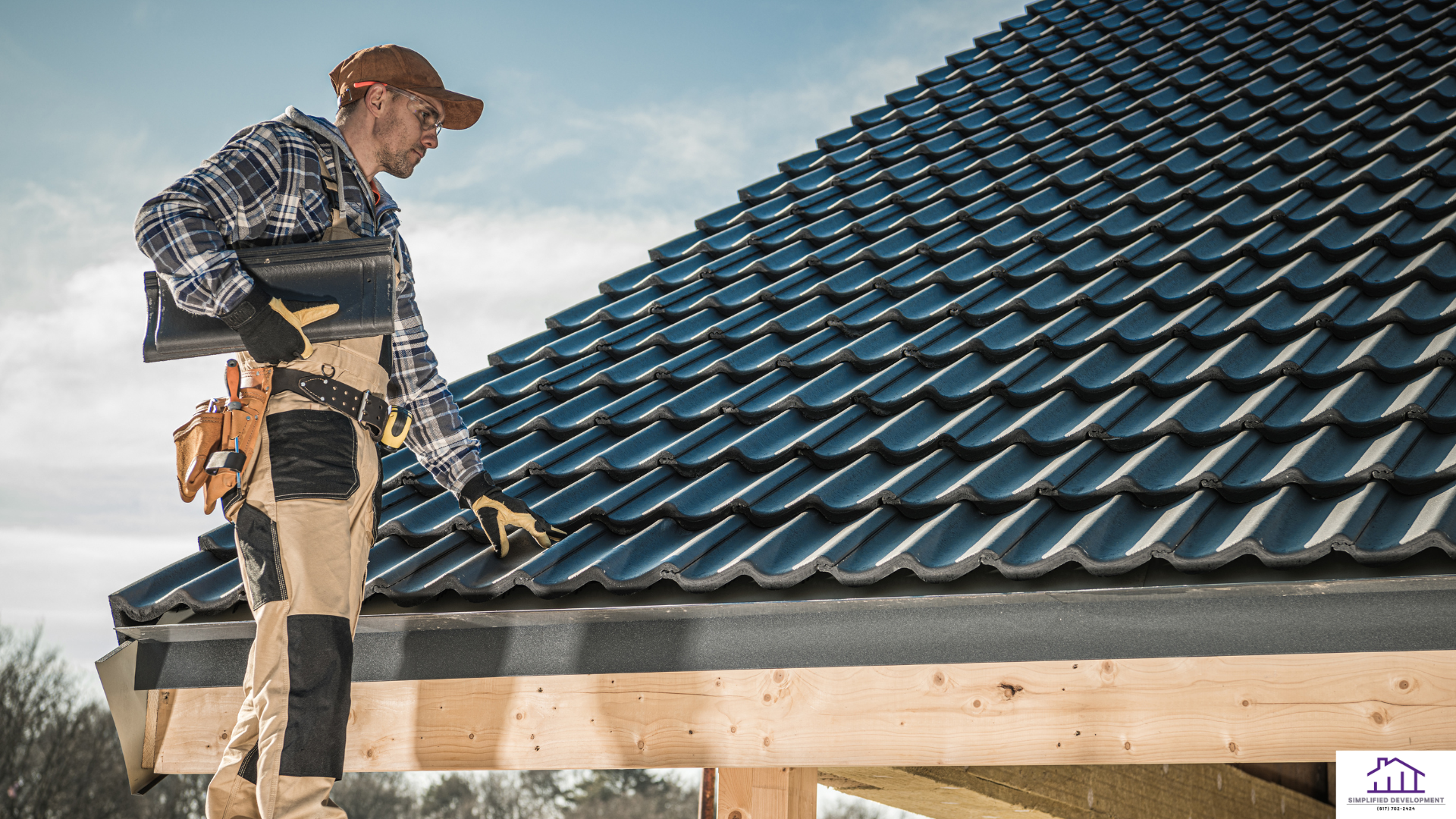
As winter approaches, many homeowners face the challenge of keeping their homes warm without breaking the bank. High heating costs can strain your budget, but with a few strategic changes and maintenance practices, you can significantly reduce your heating expenses. Here’s a comprehensive guide on how to reduce heating costs in winter while maintaining a comfortable home.
1. Upgrade Your Insulation
Proper insulation is crucial for retaining heat inside your home. Insufficient insulation can lead to significant heat loss, causing your heating system to work harder.
- Attic Insulation: Ensure your attic is well-insulated, as this is a primary area where heat escapes.
- Wall Insulation: Consider adding insulation to your walls if they lack sufficient protection.
- Floor Insulation: Insulating floors, especially those above unheated spaces, can help retain warmth.
2. Seal Gaps and Cracks
Air leaks can significantly increase your heating costs by allowing cold air to enter and warm air to escape.
- Windows and Doors: Use weatherstripping and caulk to seal gaps around windows and doors.
- Basements and Attics: Check for and seal any cracks in these areas to prevent drafts.
- Electrical Outlets and Switches: Use foam gaskets to insulate outlets and switches on exterior walls.
3. Maintain Your Heating System
A well-maintained heating system runs more efficiently and uses less energy.
- Regular Servicing: Schedule annual maintenance checks for your furnace or boiler to ensure it operates at peak efficiency.
- Replace Filters: Change furnace filters regularly to maintain proper airflow and reduce strain on the system.
- Bleed Radiators: If you have a radiator system, bleed the radiators to remove any trapped air that can hinder efficiency.
4. Use a Programmable Thermostat
A programmable thermostat can help you manage your home’s temperature more efficiently, reducing energy consumption when you’re not home.
- Lower Temperatures at Night: Set the thermostat to lower the temperature while you sleep.
- Away Settings: Program the thermostat to reduce heating when you’re away from home for extended periods.
- Zoning Systems: Consider a zoning system to heat only the areas of your home that are in use.
5. Maximize Natural Heat
Utilizing natural heat sources can help reduce the need for artificial heating.
- Sunlight: Open curtains and blinds during the day to let sunlight naturally warm your home. Close them at night to retain heat.
- Heat-Absorbing Materials: Use materials like stone or tile for flooring in sun-exposed areas, as they can absorb and retain heat.
6. Improve Window Efficiency
Windows are a significant source of heat loss. Enhancing their efficiency can help keep your home warmer.
- Double-Glazing: Install double-glazed windows to reduce heat loss.
- Insulating Curtains: Use heavy, insulating curtains to trap warmth inside.
- Window Film: Apply insulating window film to reduce heat transfer.
7. Utilize Space Heaters Wisely
Space heaters can provide additional warmth but should be used wisely to avoid high energy costs.
- Targeted Heating: Use space heaters in occupied rooms only and keep doors closed to retain heat.
- Energy-Efficient Models: Opt for energy-efficient space heaters with thermostats and timers to control usage.
8. Reverse Ceiling Fans
Ceiling fans can help distribute heat more evenly throughout your home.
- Clockwise Rotation: Set ceiling fans to rotate clockwise in winter to push warm air down from the ceiling.
9. Close Unused Rooms
Closing off unused rooms can prevent heat from spreading to areas that don’t need it.
- Vent Covers: Use vent covers to redirect heat to occupied rooms.
- Door Seals: Ensure doors to unused rooms are well-sealed to prevent drafts.
Conclusion
Reducing heating costs in winter is achievable with a combination of proper insulation, maintenance, and smart usage of heating resources. By implementing these tips, you can keep your home warm and comfortable while minimizing your energy bills. Remember, small changes can make a big difference in enhancing energy efficiency and cutting down on heating costs.
